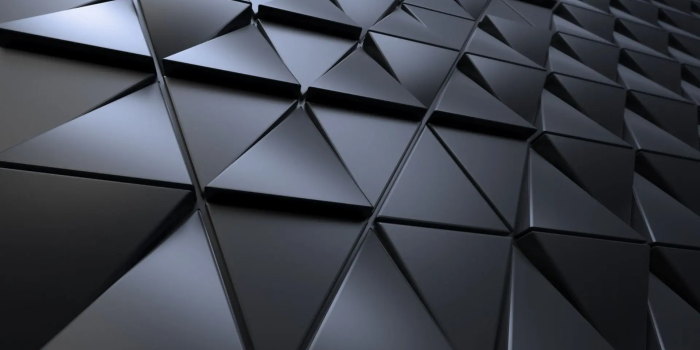Perfect lighting is essential for taking photos, but sophisticated telescopes and optical equipment operating in harsh conditions need protecting equipment with black paint to reduce stray light and improve long-lasting photographs.
In a recent study published in the Journal of Vacuum Science and Technology, a group of scientists from the Chinese Academy of Sciences and the University of Shanghai for Science and Technology described their progress in creating an ultra-black thin-film coating for magnesium alloys intended for use in aerospace.
The need for ultra-black films has increased due to the rising interest in creating materials for optical device applications such as stray light suppression, thermal management, and solar energy collection. Regardless of the angle of incidence, an ideal ultra-black coating can absorb almost all incident light.
Several kinds of black films have been produced, such as those based on carbon and black silicon with unique surface structures; nonetheless, their structural integrity is severely damaged.
This new coating is remarkably resistant to inclement weather and can absorb 99.3% of light. Nonetheless, the materials also present specific difficulties. Coatings within a tube or on complex structures might be difficult to apply because of curves or other complicated patterns. To solve this, they employed vacuum-based production processes.
Experts say the target is exposed to one type of gas at a time while in a vacuum chamber. Thanks to these gases’ small layer-by-layer adhesion to the surface, the target can obtain uniform film coverage on incredibly complex surfaces.

The researchers employed alternating silicon nitride (SiO2) and titanium carbide (TiAlC) doped with aluminum to create their ultra-black coating. SiO2 creates an anti-reflection structure, while TiAIC serves as an adsorbing layer. Thus, the combination of these two materials may stop almost all light reflecting off the coated surface.
Furthermore, they covered magnesium alloys, which are also used in aircraft. To resist abrasion and abrupt temperature changes, the coating was stabilized and toughened in this specific case.
The study claims that ALD’s long-lasting ultra-black film provides a workable solution for achieving broadband absorption properties on surfaces with large curvatures or other imperfections.

There are several potential uses for this film, such as astronomical observation and precision optics engineering. “Now that the film can absorb over 99.3 percent of incoming visible light, we’re hoping to expand its light absorption range even further to include ultraviolet and infrared regions,” said Cao.


